Hold water in your cupped hands
above a handful of earth
Watch each drop fall
until your hand is empty
Leap! Stop a passing dark grey band
a thick black layer of cloud
Blow hard against the wind
See the one who wants to tame the globe,
tamed
It’s probably the next best thing to see the mighty Amazon, Mississippi or the Brahmaputra-Meghna-Padma flow, and it flows right above our heads. Rising from the Arabian Sea and rolling over the west coast, it kisses the tops of skyscrapers in Mumbai, throws its weight on the hills to the east of the city, and fills all the rivers, carpeting the dry land with a million shades of green.
For the tribal hamlets dotting the rolling, hilly landscape that makes up the village of Anwir, near Talasari, bordering Dadra and Nagar Haveli, the monsoon dumps intense bursts of rain, and within hours, seeds sleeping in the thin layer of topsoil that forms a skin on the rocks germinate to create a green carpet that protects the soil from two months of rain.
April 2024
July 2024
For the people here, these are the most important days of the year to grow grass; they grow paddy and most of the food they need for the year. It’s the busiest time of the year for the frail-looking but super-resilient cattle who can survive this short, brutal onslaught of rain as well as months of heat. If you are wondering, the cattle here are mainly used only for ploughing the field and not for dairy.
The people channel water to plots levelled to grow the local variety of paddy, and these images are from the days when most families were transplanting paddy to their fields or ploughing the field in preparation. The wild date palms used for tapping toddy look fresh, green, and happy without the pots that collect toddy hanging around their necks. Several men and women in these communities work for factories in Dadra and Nagar Haveli or Palghar. During this time, that work is secondary, and growing food for the coming year becomes the priority.
Carbon Captured.
When the water gives life to the seeds and new energy to the trees and grass, collective life takes a deep breath from the air and creates what becomes food and firewood. Some of this wood goes into the kitchen here to cook the food, some turns to smoke, and the rest ashes. That’s the reason I have decided to show you some pictures of what life is like here and across the world in the monsoon’s path.
On the day
and I were there; the rain was intense, and for several families, the rice transplanted that day was carried away by the strong currents of water or delayed the process for the rest.April
May
July
April
May
July
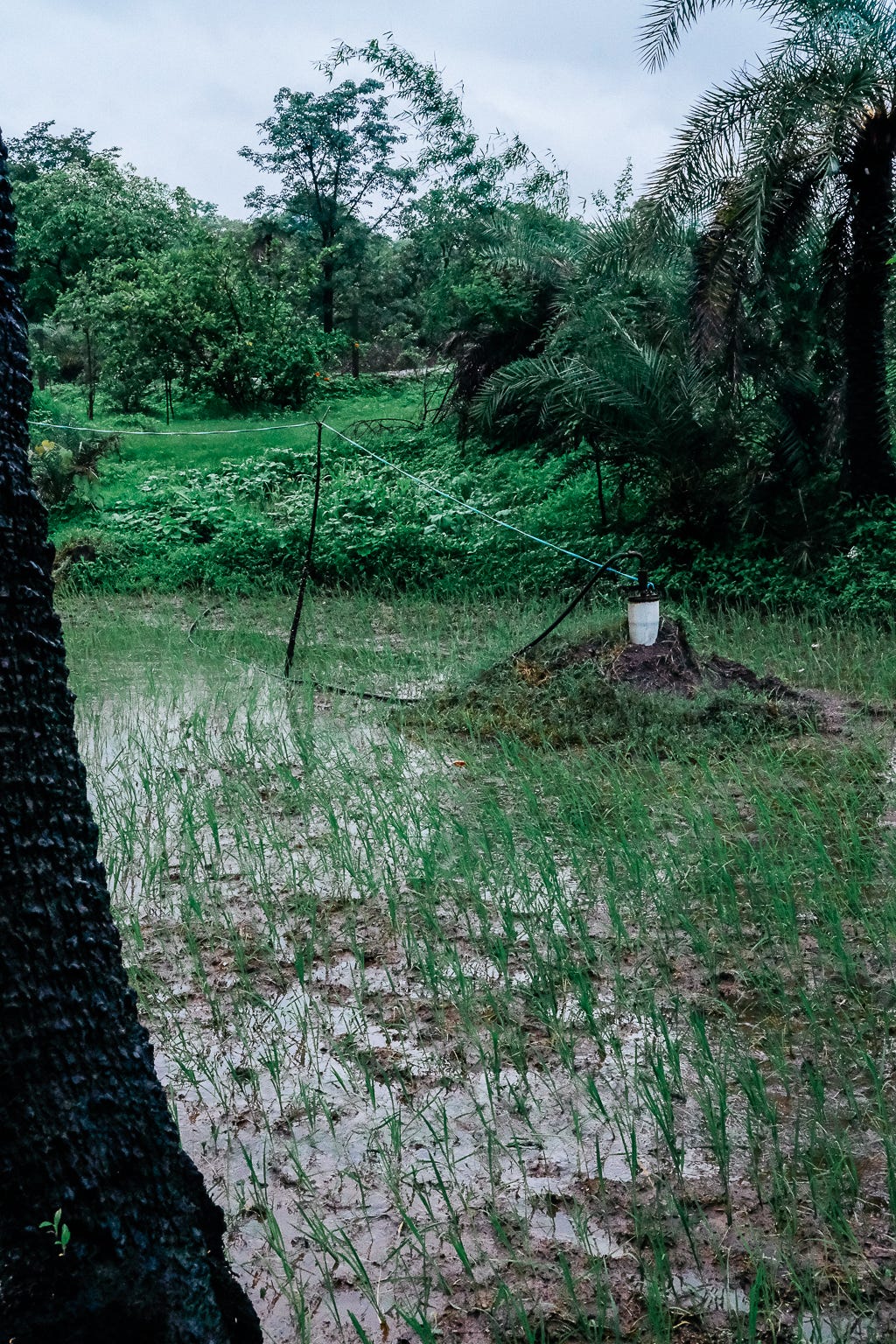
The land is alive with a million shades of green, which is similar but very different from the coast south of here until Kaniyakumari and across the sea in Sri Lanka. Travel a hundred kilometres north, and the land is different. The river in the sky flows in a different rhythm and dumps only a fraction of the rain that falls here.
If you are from the subcontinent and within the aerial riverbed or floodplain of the great Indian monsoon, pause to look up at the sky and its flow. Let the next drop of water or cloud juice you drink spend a few seconds in your mouth to taste the river in the sky that gives us life.
More Secrets of the Smoke from Kurlod and Anwir here:
This photo series looks at life in a couple of communities through ’s Smokeless Cookstove. It’s also a way to look at how we live and use fuel.
Woodstock and Fuelscape in Kurlod
Fodder - Kurlod
Palms, Toddy and Fences - Anwir
Hands - Labour





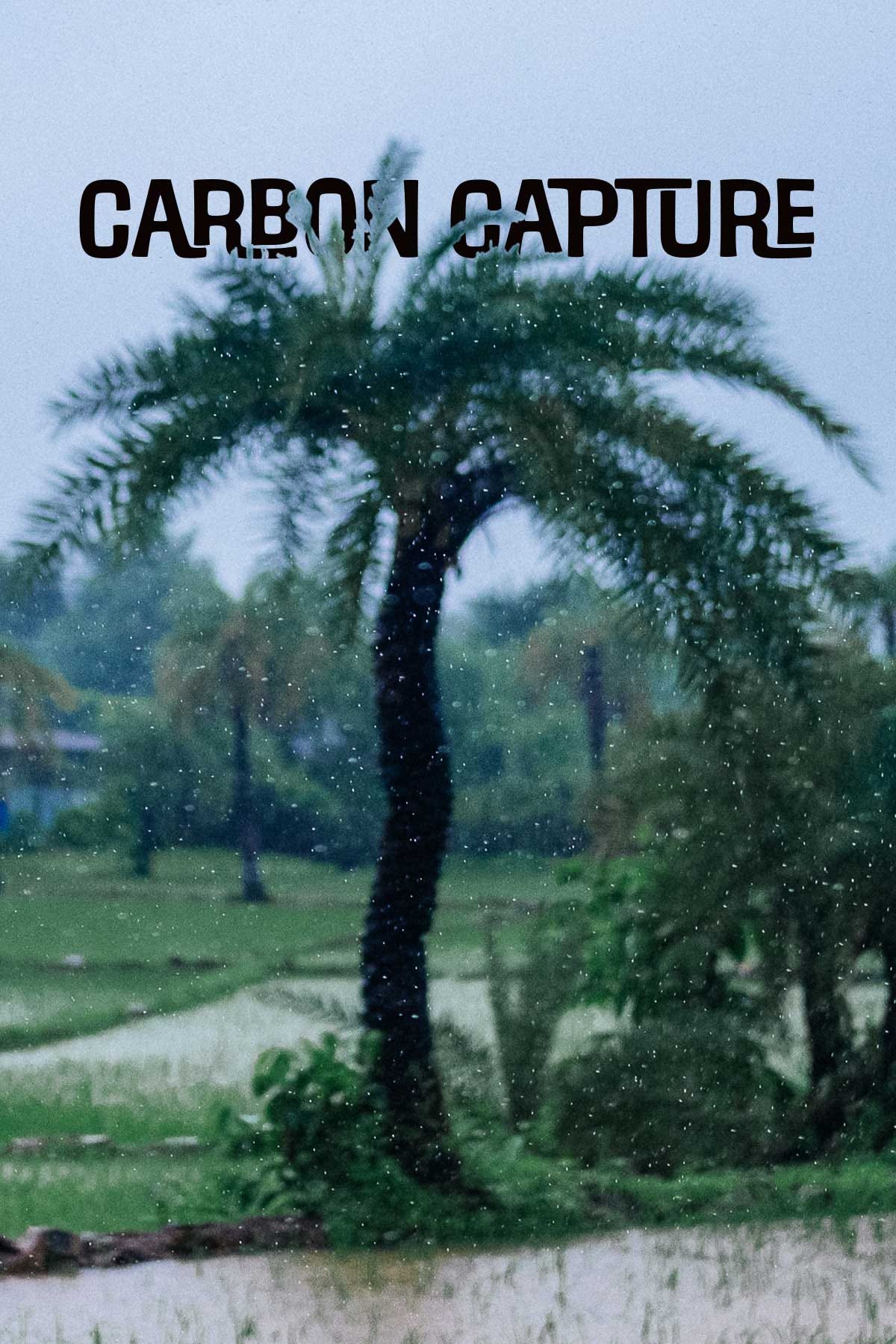
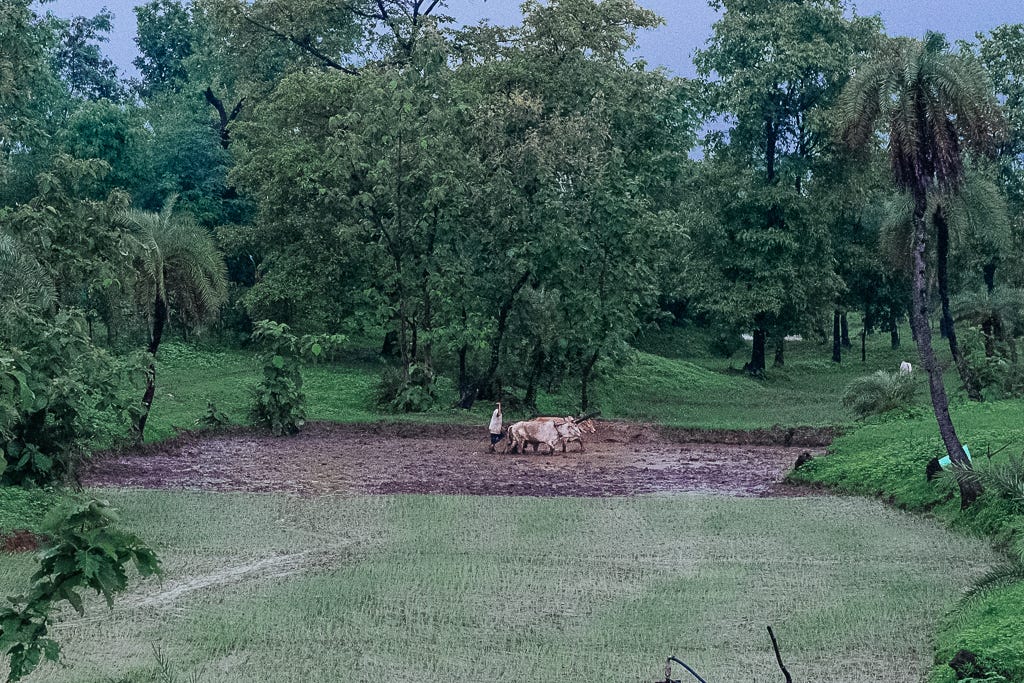



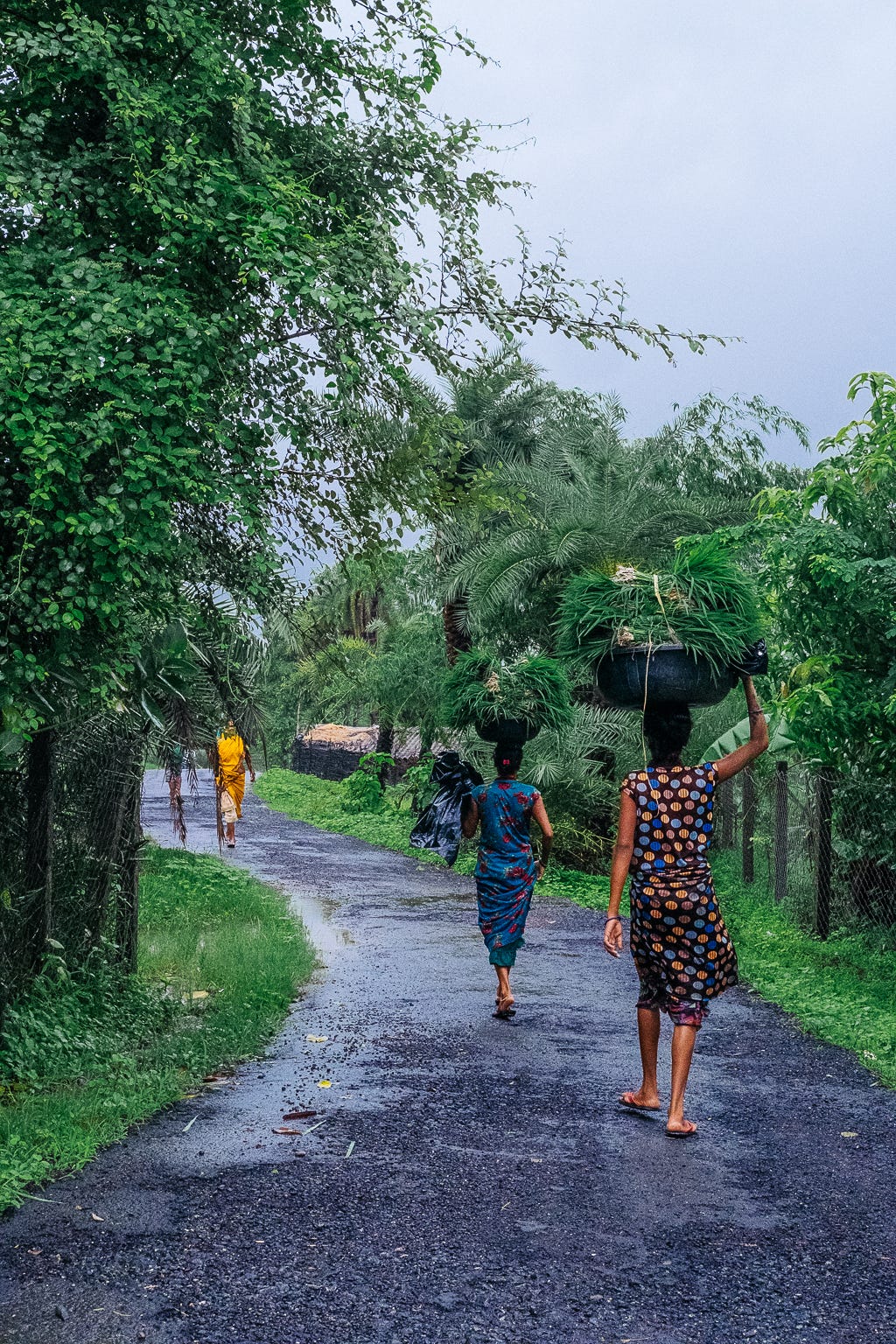

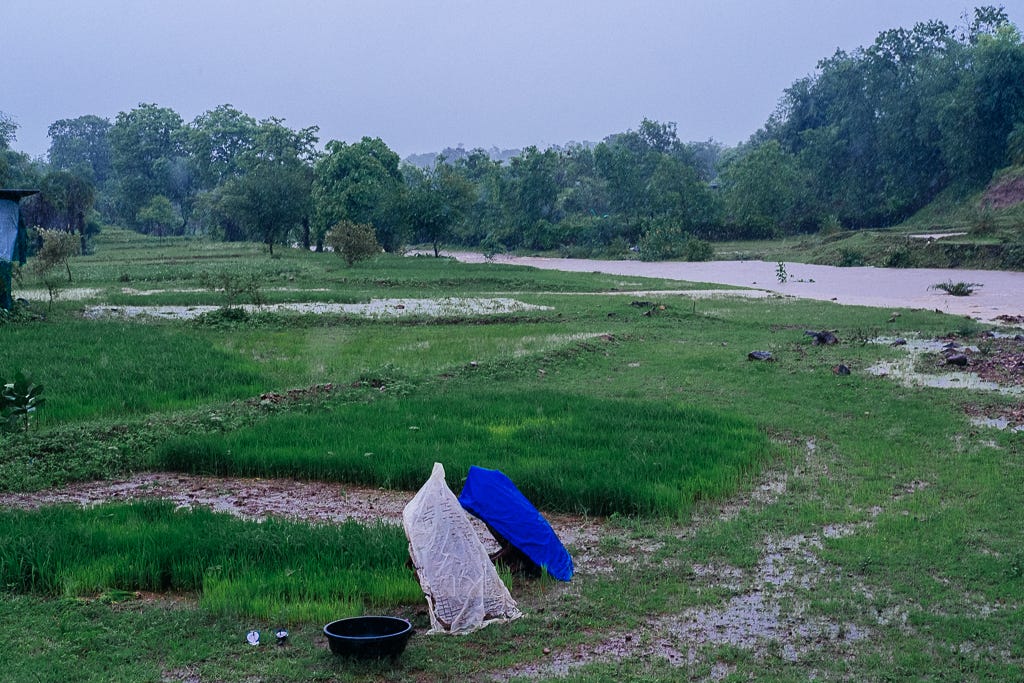




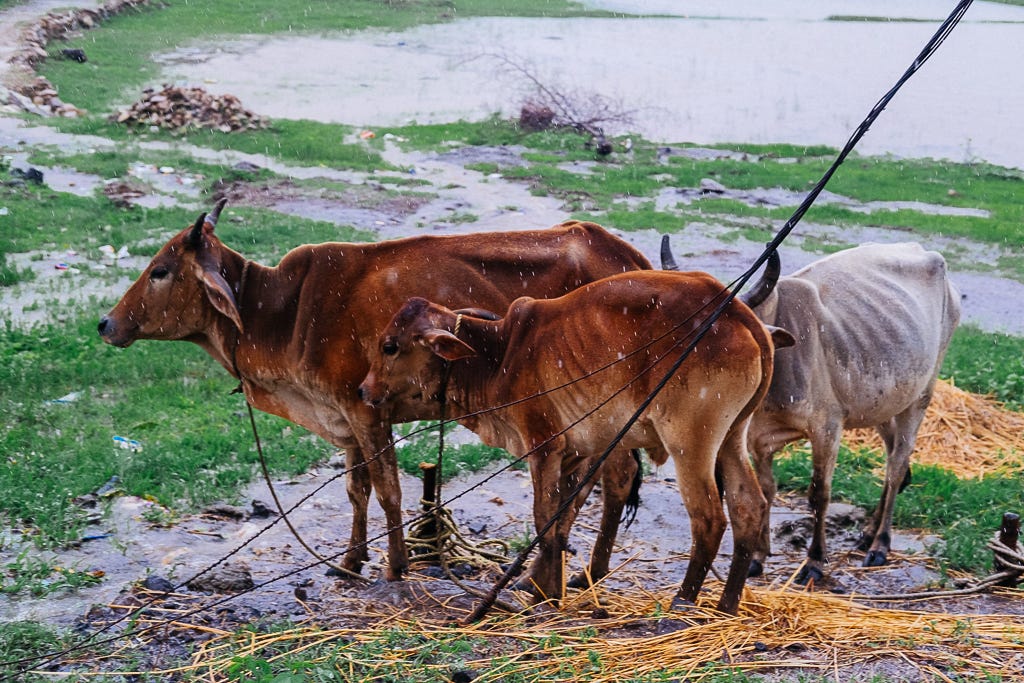
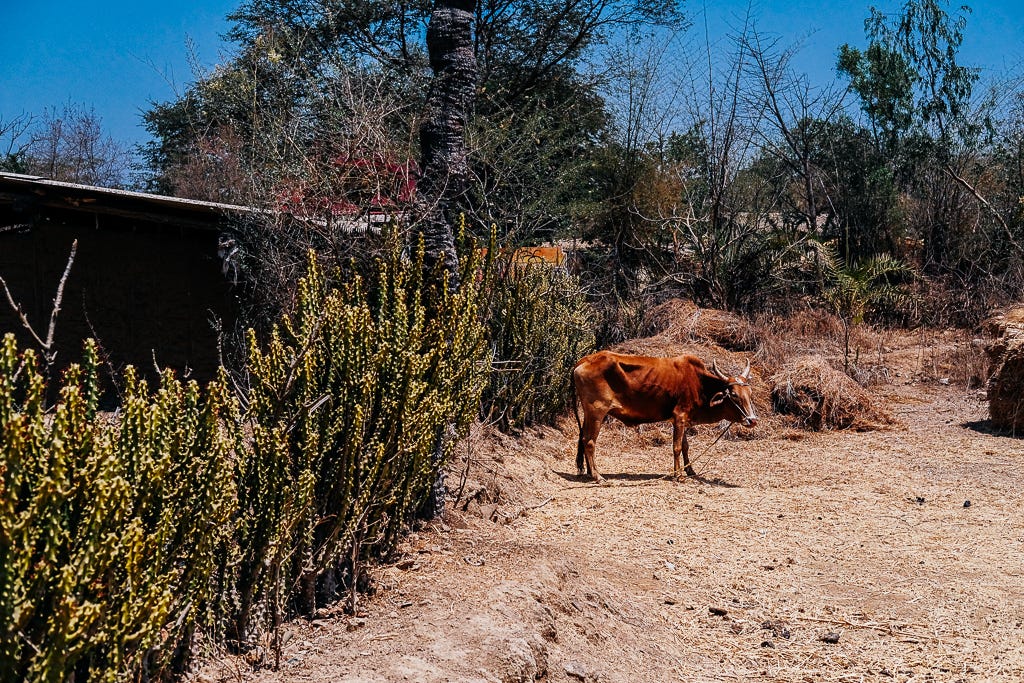


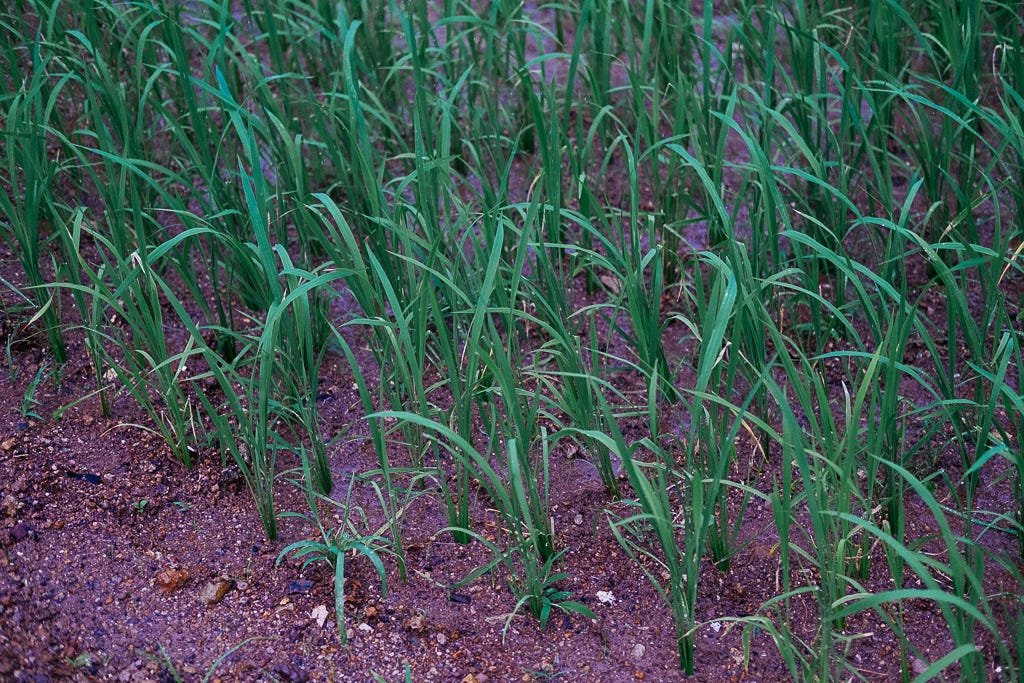

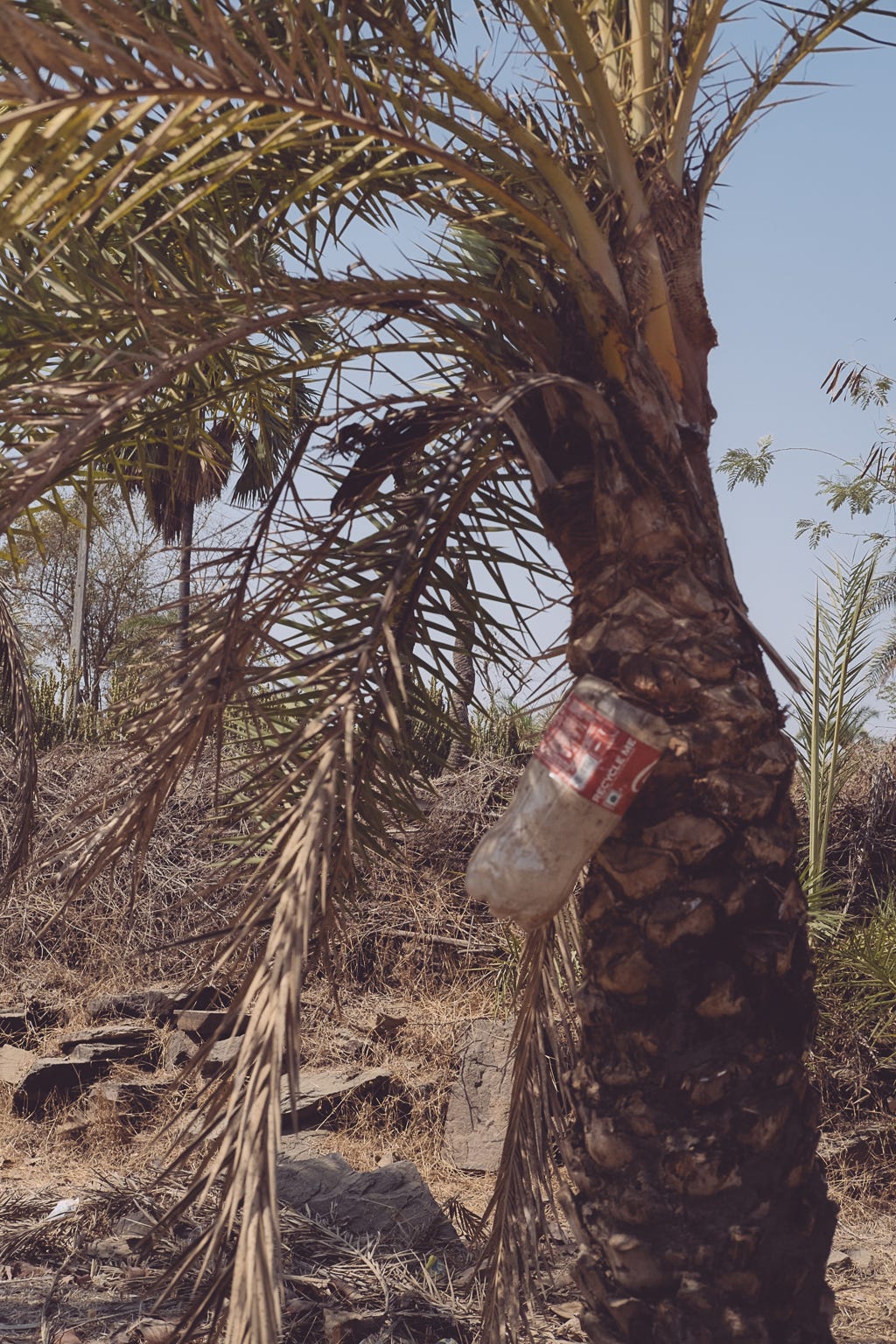

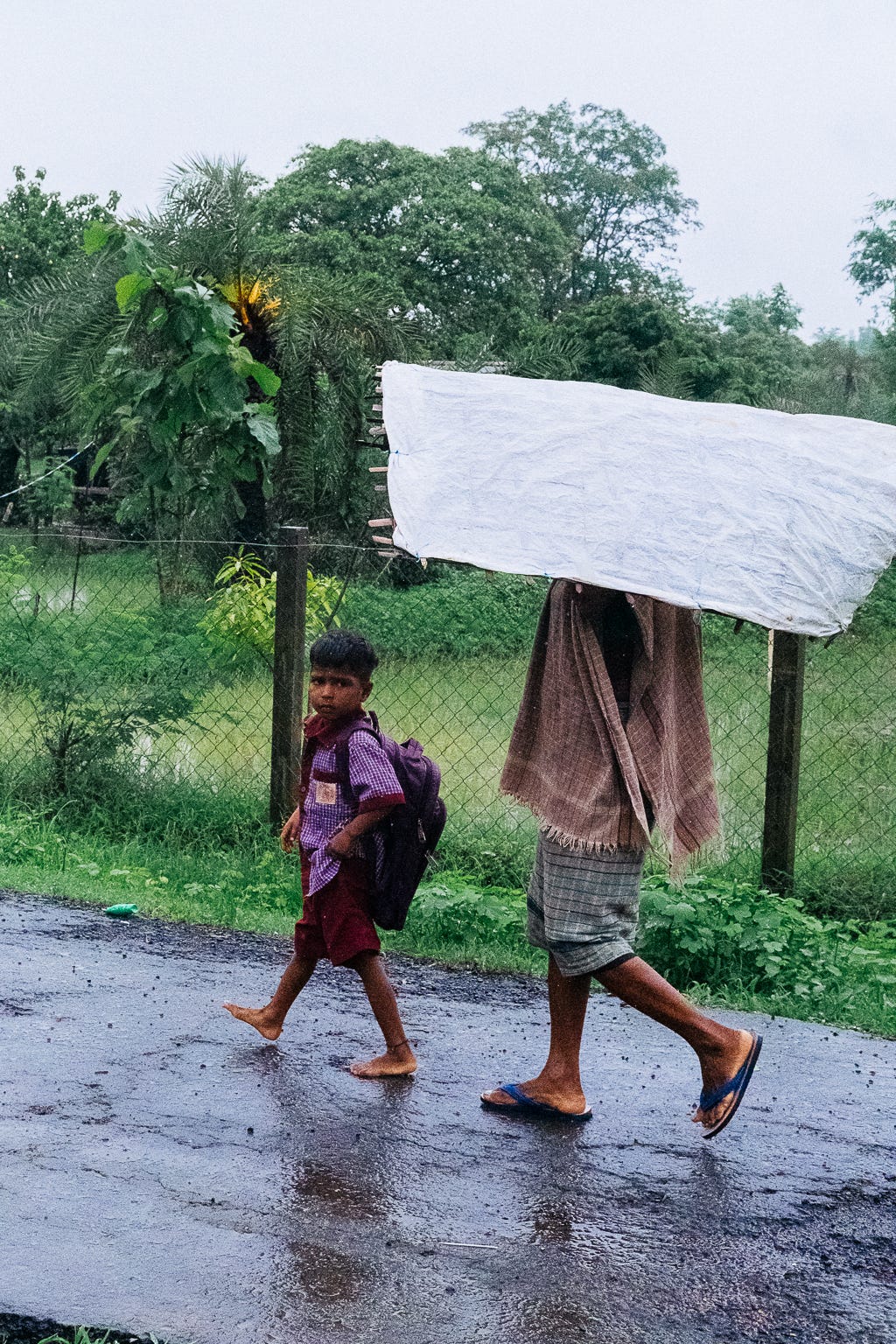


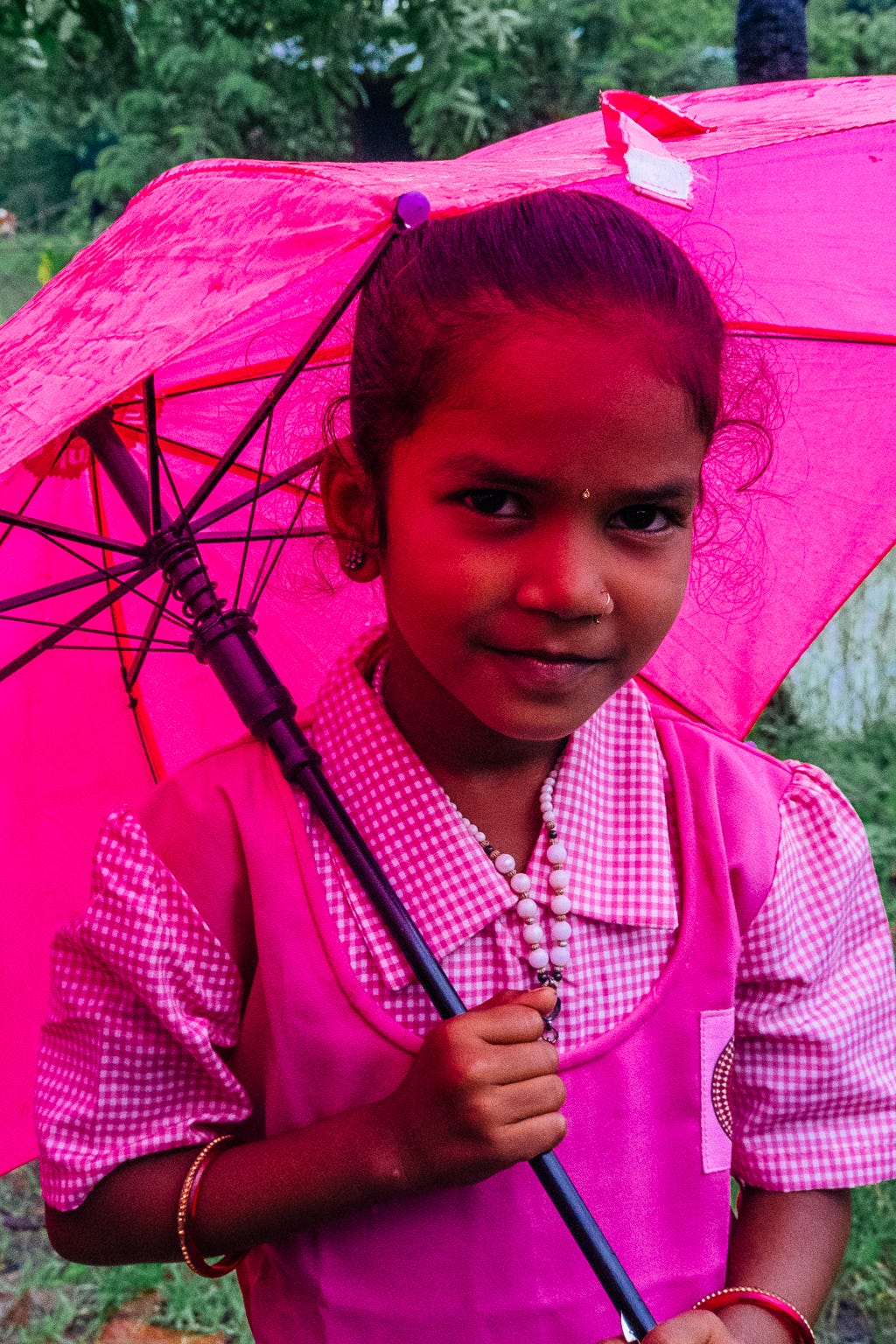
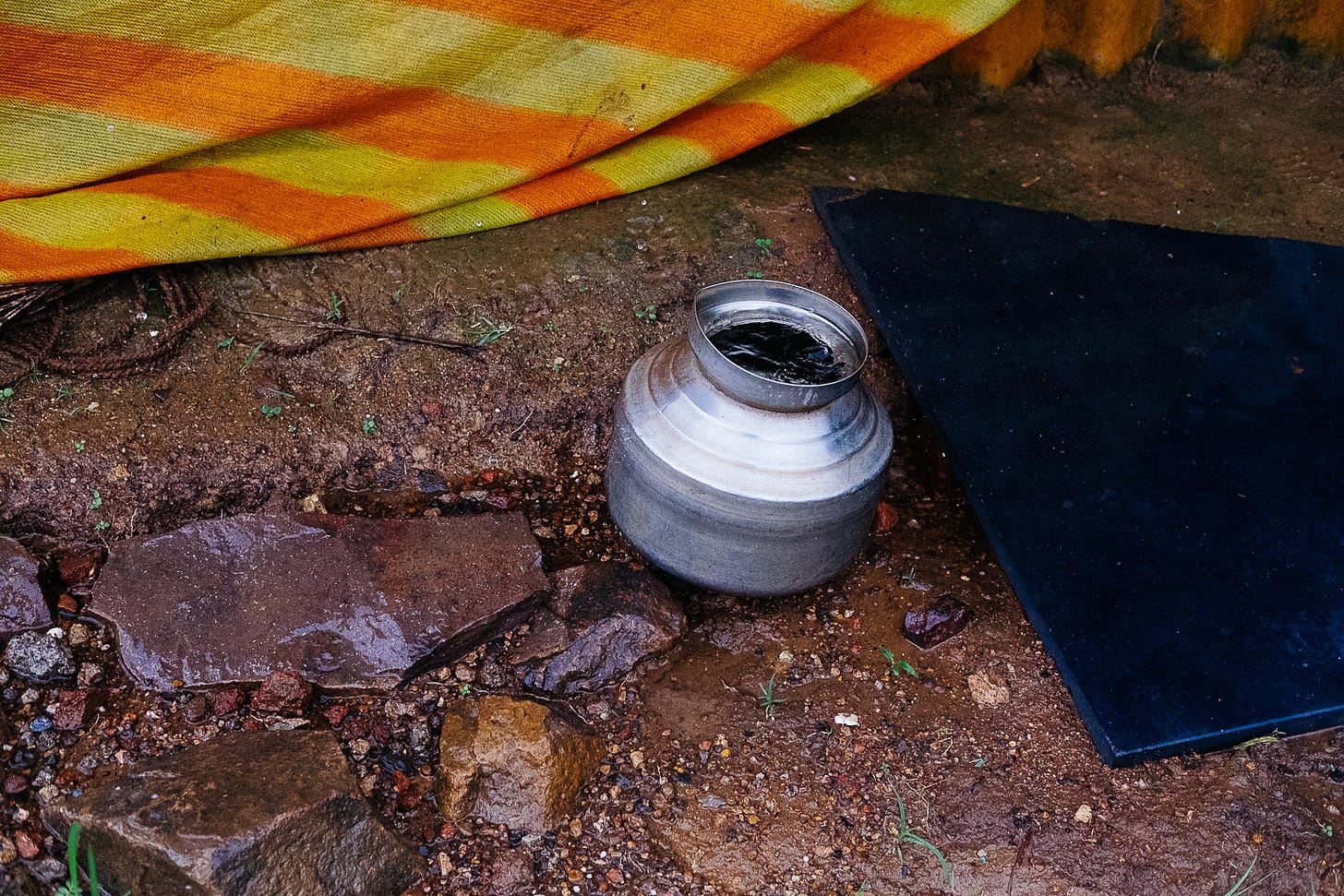
How much I enjoyed this photo-essay! Thank you, Gopal.
The shades of monsoon green in the Konkan and northern parts of our west coast are indeed different.